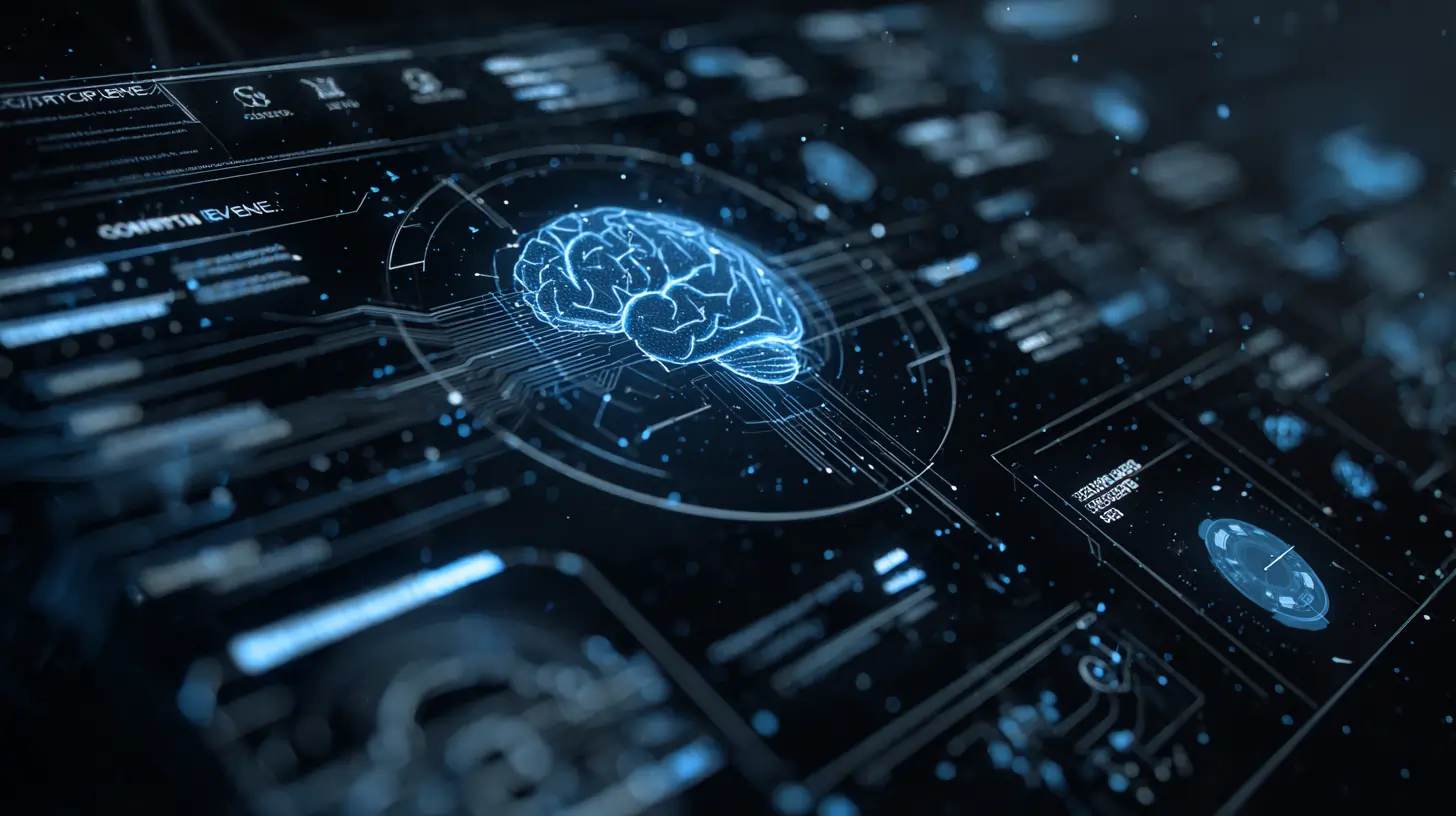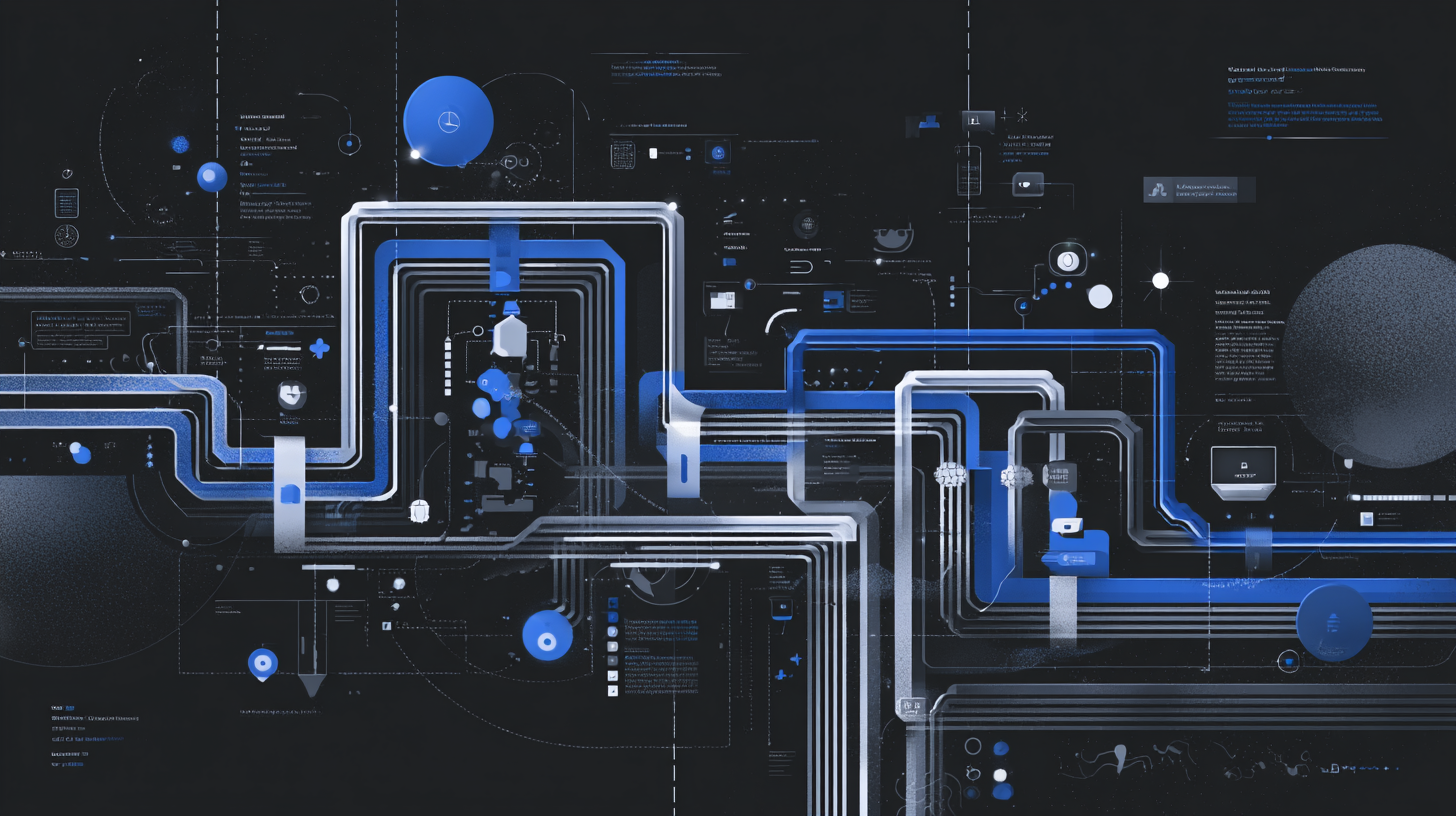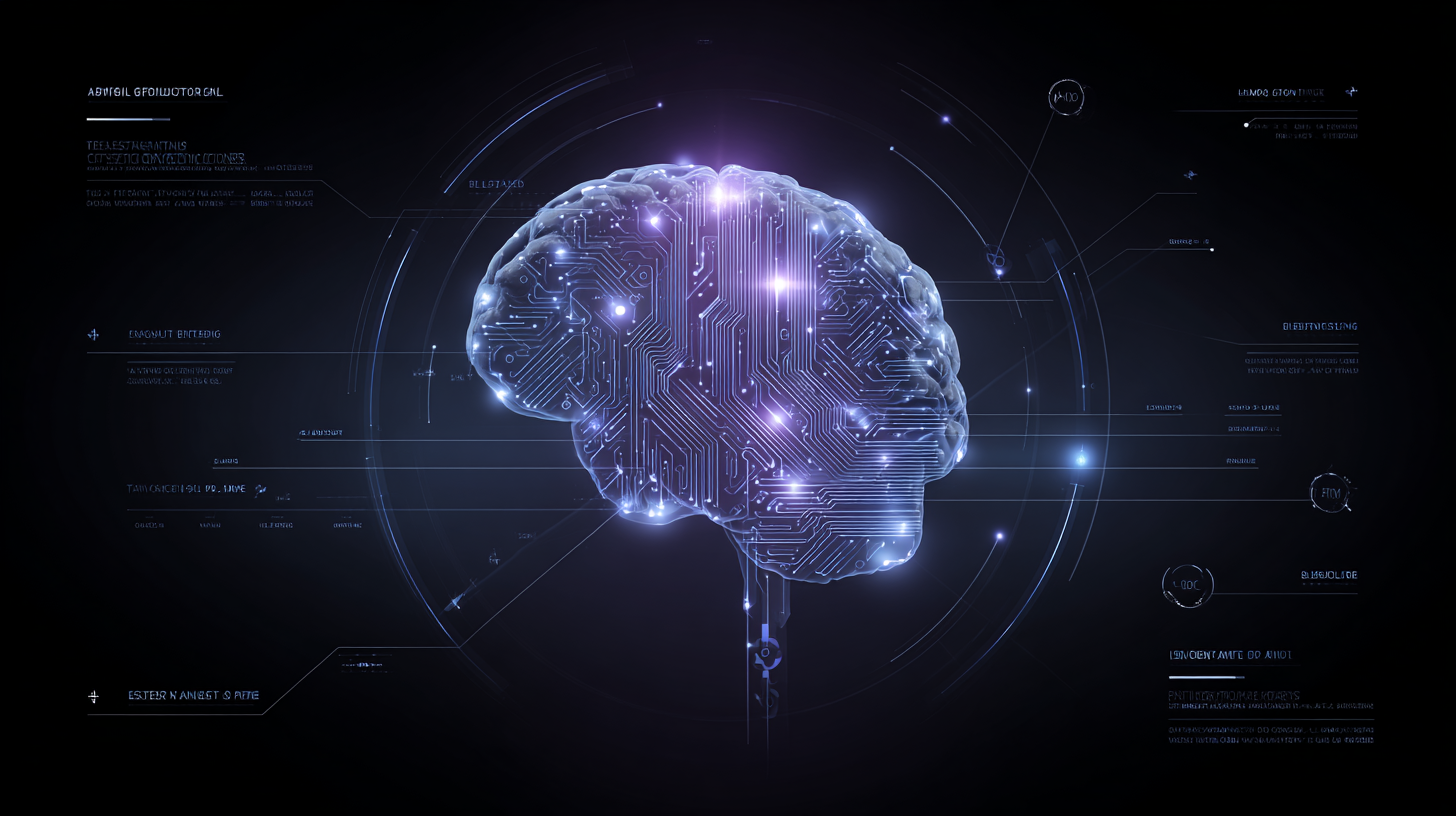Still think the next breakthrough for your business is “just a better GenAI platform”? Think again.
Generative AI is powerful, but at its core it is statistical pattern recognition. Without grounding in real knowledge, AI remains math without meaning: impressive text generation but disconnected from enterprise reality.
The real work is semantic. By embedding business logic, rules, and relationships into a Knowledge Graph, enterprises can transform AI from a probabilistic guesser into a deterministic, explainable assistant.
The Lesson: Knowledge Graphs as the Missing Interface
A Knowledge Graph is not “nice to have.” It is the interface between enterprise data and enterprise intelligence.
It is how:
- Business rules become machine-readable: your contracts, processes, and hierarchies encoded as reusable logic.
- Insights become traceable: every answer tied back to a fact in your systems.
- AI becomes deterministic: producing consistent, verifiable results instead of hallucinations.
- Systems become interoperable: CRM, ERP, IoT, and bespoke apps linked through a shared semantic layer.
Without this foundation, every AI initiative is built on sand. With it, AI becomes trustworthy, scalable, and aligned to business outcomes.
Why Pure GenAI Falls Short
Large Language Models (LLMs) can parse questions and generate fluent answers, but they don’t “know” anything about your enterprise. Left on their own, they:
- Produce hallucinations: plausible text disconnected from facts
- Lack traceability: users can’t verify where answers came from
- Struggle with domain context: “customer,” “debtor,” and “account” may mean different things across systems
This is why early GenAI pilots often stall. Enterprises need more than statistical models - they need semantically grounded intelligence.
The Semantic Advantage
A Knowledge Graph solves these gaps by explicitly modeling:
- Entities: Customer, Product, Contract, Sensor.
- Relationships: Customer orders Product, Product manufactured by Supplier.
- Rules: Every order must have a delivery date.
This creates an information layer that LLMs can reliably ground themselves in. Instead of guessing, they query live, structured facts - delivering responses that are factual, explainable and repeatable.
Making Semantics Actionable
This isn’t theoretical. Tools like d.AP operationalize the semantic layer with three core capabilities:
- Connect siloed systems: All sources from SAP, Salesforce, and IoT streamst o Excel, unified in one semantic model without physical duplication
- Add a semantic layer: Ontologies define what a “customer,” “contract,” or “ticket” means across domains
- Enable GenAI that actually knows what it’s talking about: Business users ask questions in natural language; d.AP translates into SPARQL, queries the knowledge graph, and delivers live, factual answers .
No need to rip and replace your existing stack. Semantics doesn’t rebuild, it connects with meaning.
Conclusion:
The GenAI hype has focused on algorithms. The true differentiator, however, lies in semantics. AI without knowledge is math with no meaning.
By building a semantic backbone through Knowledge Graphs, enterprises move beyond experiments and into production-grade intelligence.







